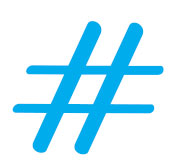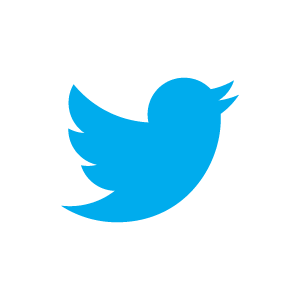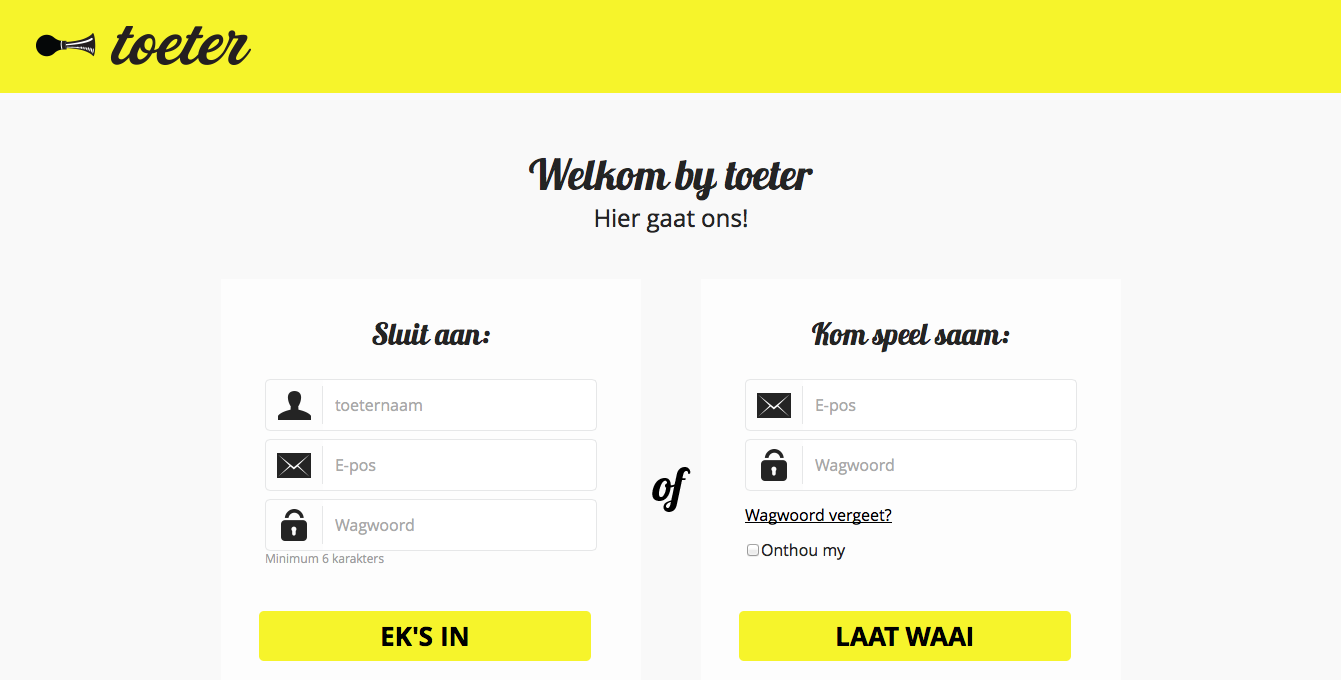Are you compulsively checking your phone for e-mails, Twitter notifications or Facebook updates? You might be suffering from FOMO.
In a previous article we mentioned that the word hashtag has been added to the Oxford Dictionary last year. Believe it or not FOMO made the cut in 2013 already. Google defines FOMO as follows:
FOMO ˈfəʊməʊ/ noun informal
1. anxiety that an exciting or interesting event may currently be happening elsewhere, often aroused by posts seen on a social media website.
“I realized I was a lifelong sufferer of FOMO”
Although FOMO isn’t directly attributed to social media, it does aggravate the situation. Fear of missing out (FOMO) is merely the modern terminology for “the grass is always greener on the other side” (Psychologies magazine, 18 June 2012)
With so many options and choice available to us, it’s no wonder we feel dissatisfied with our lives. Fortunately a few years back we didn’t know we were missing out, but social platforms like Facebook, Twitter and LinkedIn make it impossible for us not to see what our peers are up to – socially and career wise.
However, social media hardly ever gives a realistic portrayal of someone’s life. Who tweets about their sick cat, problems with plumbing or the howling dog next door? We’d rather show our extravagant holiday, meal at an upmarket restaurant or the expensive wine we’re drinking.
According to a nationwide survey done in June 2012 by a pharmaceutical firm, over 62% of about 3 000 respondents aged between 15 and 50 years said that they live in “constant fear” of missing out on something more exciting that what they are doing.
But how do we prevent ourselves from becoming swept up in the hysteria of social media and this constant nagging feeling that we’re missing something? GQ and Nir and Far have a few ideas, but it all boils down to living and enjoying your life the way you want to and stop trying to keep up with the rest of the world. So why not rather suffer from JOMO (Joy of Missing Out)?
PS. YOLO is an acronym for “you only live once”. Similar to carpe diem, it implies that one should enjoy life, even if that entails taking risks. More on Wikipedia.
[SOURCES: www.forbes.com, www.wikipedia.org]
As jy nie kan ophou om na jou selfoon te loer vir e-posse en Twitter-kennisgewings of Facebook-opdaterings nie, ly jy waarskynlik aan FOMO.
In `n vorige artikel het ons genoem dat die woord hashtag verlede jaar bygevoeg is tot die Oxford Dictionary. FOMO is reeds gelys sedert 2013. Google definieer FOMO as volg:
FOMO ˈfəʊməʊ/ noun informal
1. anxiety that an exciting or interesting event may currently be happening elsewhere, often aroused by posts seen on a social media website.
“I realized I was a lifelong sufferer of FOMO”
Alhoewel FOMO nie noodwendig sy oorsprong in sosiale media gehad het nie, het die koms van sosiale netwerke mettertyd `n groot impak daarop begin maak. Fear of missing out (FOMO) is bloot die moderne terminologie vir “die gras is altyd groener aan die ander kant”. (Psychologies magazine, 18 Junie 2012)
Met soveel keuse en geleenthede tot ons beskikking deesdae, is dit geen wonder ons voel soms onvergenoegd oor ons lewens nie. Voor sosiale media was ons salig onbewus van ander se doen en late, maar Facebook, Twitter en LinkedIn herinner ons op `n daaglikse basis waarmee ons vriende, kenisse en kollegas besig is – in hul loopbane en op sosiale vlak.
Hierdie voortdurende sosiale bemarking is egter nie `n realistiese uitbeelding van iemand se lewe nie. Natuurlik sal niemand twiet oor hul siek kat, probleme met die loodgieter of die buurman se keffende hond nie. Ons wys eerder waar ons vakansie gaan hou het, watter wonderlike kos ons eet of die ekslusiewe wyn wat ons drink.
Volgens `n landwye opname deur `n farmaseutiese maatskappy, in Junie 2012, het 62% van die 3000 deelnemers tussen 15 en 50 jaar erken dat hulle in “aanhoudende vrees” leef dat hulle uitmis op iets meer opwindend as waarmee hulle besig is.
Maar hoe voorkom ons dat ons opgesweep word in die histerie van sosiale media en hierdie aanhoudende gevoel dat daar iets is wat ons mis? GQ en Nir and Far het `n paar voorstelle, maar op die ou end kom dit bloot daarop neer dat jy jou lewe moet leef en geniet soos JY wil en ophou probeer byhou met die res van die wêreld. So, hoekom nie eerder ly aan JOMO (Joy of missing out) nie?
NS. YOLO is `n akroniem vir “you only live once”. Soortgelyk aan carpe diem, gee dit te kenne dat `n mens die lewe moet geniet, selfs al is daar risikos verbonde. Lees meer op Wikipedia.
[BRONNE: www.forbes.com, www.wikipedia.org]


 Before social media a hashtag or the octothorp was only a symbol on a phone button we never used. Those days are long gone.
Before social media a hashtag or the octothorp was only a symbol on a phone button we never used. Those days are long gone. Have you ever heard of Larry the bird? Yes, the Twitter bird has a name.
Have you ever heard of Larry the bird? Yes, the Twitter bird has a name. Regular KykNet viewers are by now well aware of the first, and so far only, Afrikaans social network with the quirky name, toeter.
Regular KykNet viewers are by now well aware of the first, and so far only, Afrikaans social network with the quirky name, toeter.